Call Sales: +1 (833) 437-3835
Call Sales: +1 (833) 437-3835
Revel | August 7, 2018 |
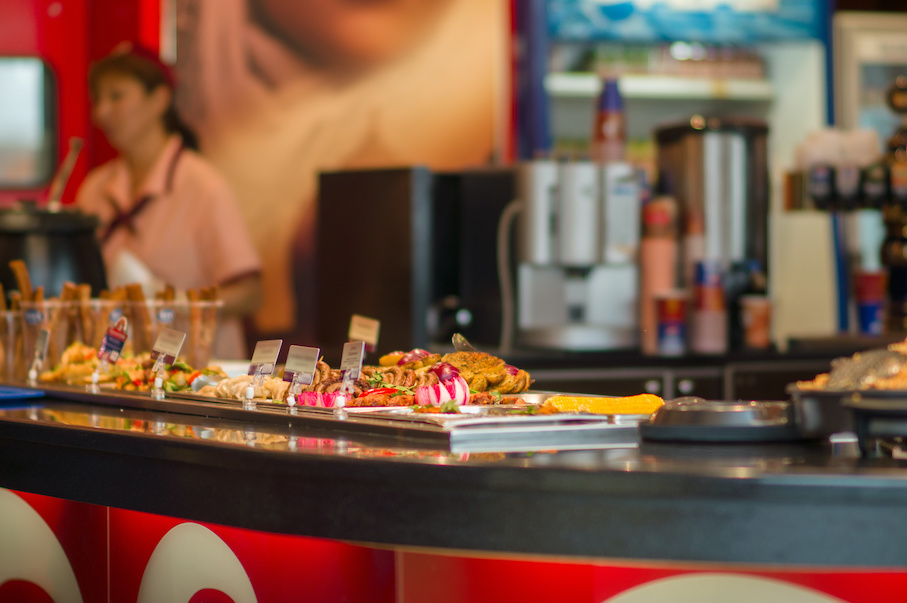
Quick Service Restaurants (QSR) and Limited-Service Restaurants (LSR) are establishments whose diners generally order and pay before eating. These establishments are designed to be quicker and more convenient and affordable than table service restaurants. Industry titans like McDonalds, Taco Bell, and Chipotle have long championed this concept; newcomers like MOD Pizza, Tender Greens, and Souvla are quickly becoming major players.
But is quick service growing as fast as casual dining? Who in the industry is gaining?
- This year, limited service grew 3.6%, down from the preceding year increase of 6.5%.
- The growth in fast-casual restaurant traffic dropped from 7% to 4% in the past six months.
- Casual-dining and fine-dining restaurants will grow by 2.7%.
Due to increased competition and aggressive expansion, growth slowdown is felt mostly in the fast-casual scene. Nearing fast-casual saturation, fast-food chains are chomping at the bit. To drive a wedge with their competition, McDonald's rolled out their ‘Experience of the Future’ restaurants, which feature Mobile Order & Pay and Self-Service Kiosks.
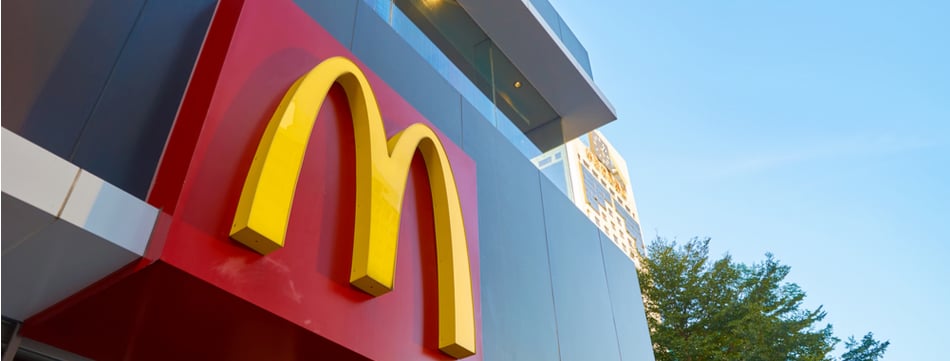
Additionally, the growing delivery industry is leveling the playing field between quick service and casual dining. Here is what we know about food delivery:
- Over the next five years, the US market for food delivery is expected to grow by 79%.
- And QSRs/LSRs are cashing in – 60% of operators surveyed by Technomic say that offering delivery has generated incremental sales and 1 in 4 consumers saying they spend more on off-premise orders
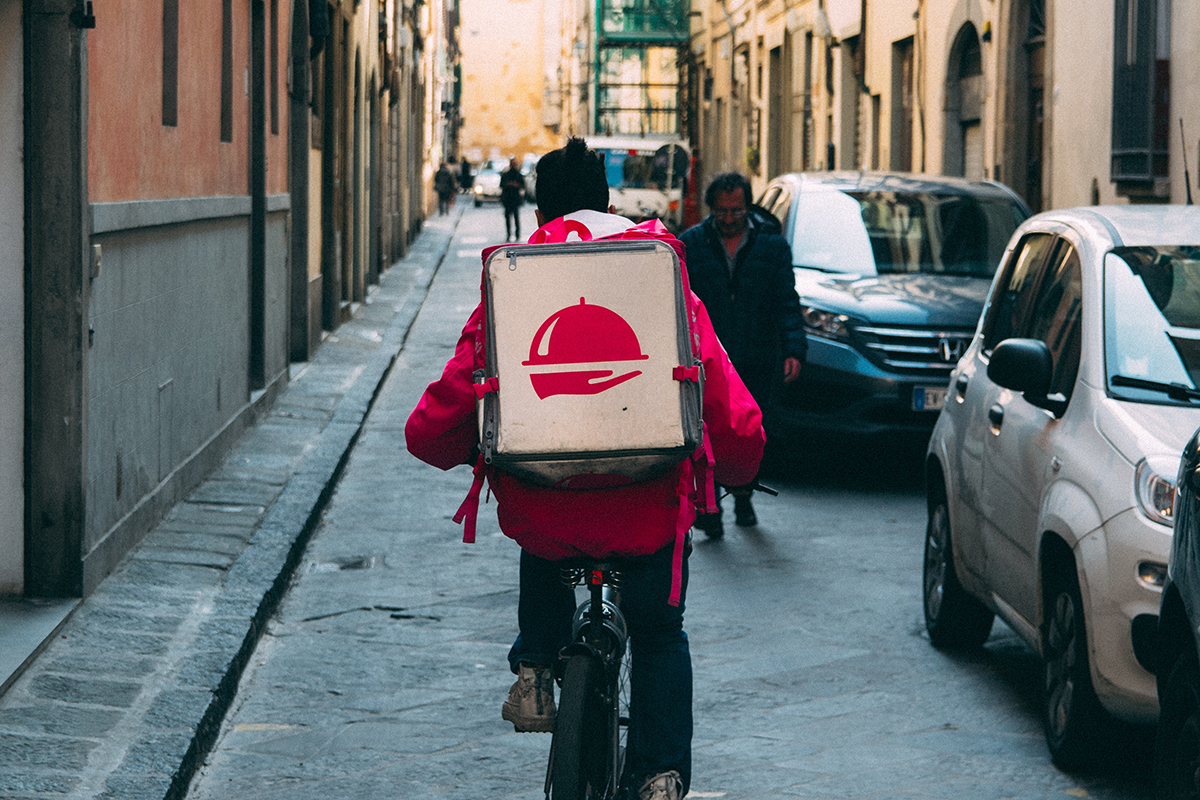
The movement around clean eating and nutrition transparency has pushed quick service establishments to increase their healthy options, decrease unhealthy additives, and clearly share their nutrition information. The good news? With increased access to affordable foods, eating healthy is getting cheaper.
- In 2013, fast food restaurants decreased their menu item’s calories by 12% which is a 60 calorie average.
- Almost 50% of restaurants with organic options have an average check size of $5-7.
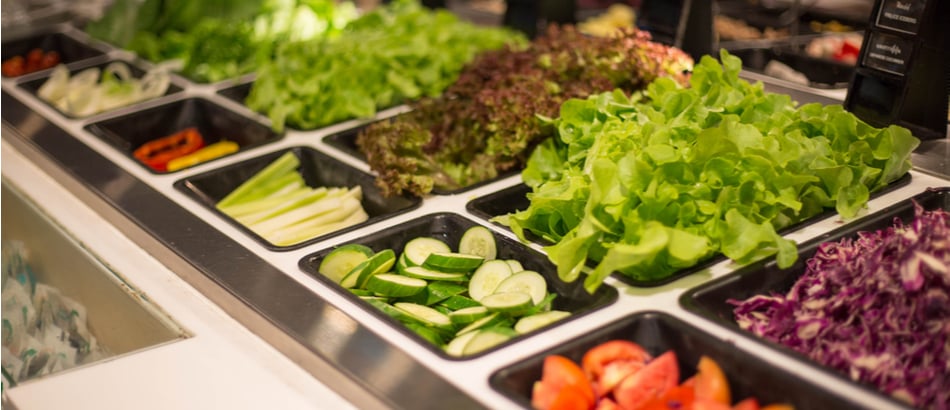
For an industry built on affordability and quick bites, ‘value wars’ have been going on for decades. From messaging and advertising to pricing strategies, QSRs are implementing creative tactics to drive value to their customers.
- 57% of Gen Z would rather save money than spend it immediately, and many are starting savings accounts and building credit at a younger and younger age.
- Taco Bell announced that they will add 20 items to their dollar menu.
- Value menu traffic for total QSR increased by 10% and consumer spend by 13% in the first quarter of 2018.
- Value bundles drive monthly visit frequency and buyers increased the overall monthly spend per buyer by 45%
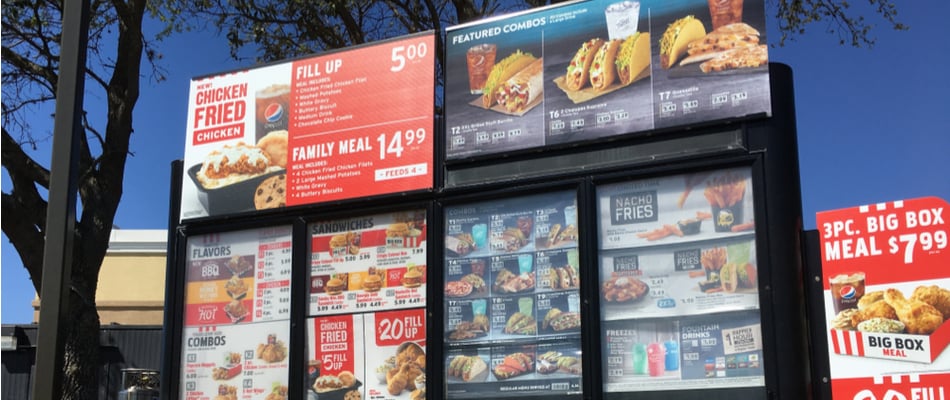
As more people become accustomed to using technology at restaurants, QSRs are recognizing customers’ digital literacy and adopting in-store and online technologies to remain competitive. And according to a Hospitality Technology Study, the quick service segment is spending the most money on technology than any other restaurant segment.
- 18% of customers surveyed have used a self-service ordering kiosk. However, 60% said they would visit a limited-service concept more often if they were available.
- 39% of U.S. QSR customers ordered meals via a smartphone app within the past 90 days.
- Restaurants allocate about 2.6% (up from 2.5% in 2016) of their revenue to technology.
- About 58% of restaurants intend to boost their 2017 IT budget 1% to 5%.
|See More: The Quick In Quick Service: Your Guide To Increasing Speed Of Service|